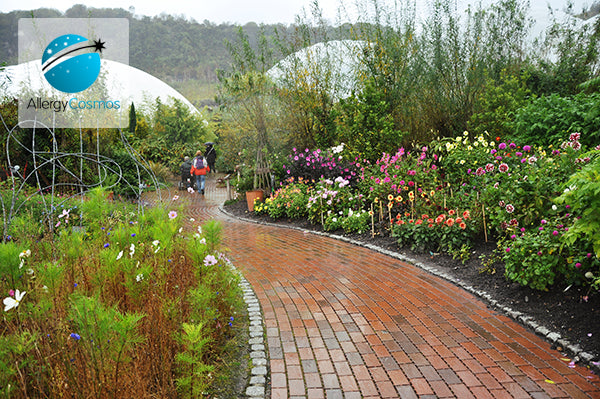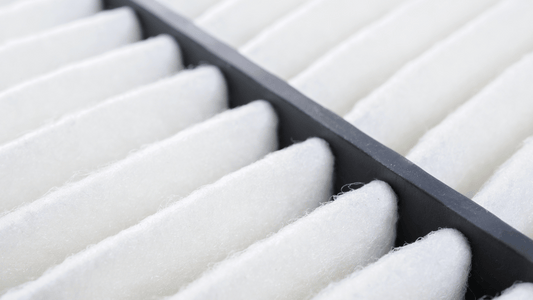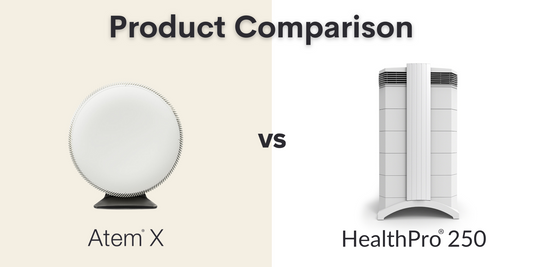Is your hay fever worse when it rains? If you have seasonal allergic rhinitis (also called hay fever) then you will be well aware that there is a hay fever season, when you will suffer symptoms such as sneezing, a runny and/or blocked nose - all as a result of an allergy to pollen. But it's not just the hay fever season that matters, it is also the weather on the day so that you might experience stronger hay fever symptoms when it rains.
Pollen counts actually tend to be lower on rainy days. Why? Because rain washes pollen out of the air. Plants prefer to release their pollen into the air more on a sunny day rather than a rainy day. But if the rain is occurring around a thunderstorm, then the humidity in the air around this time can make pollen grains burst open, releasing a high density of pollen grains into the surrounding air. Thunderstorm asthma is actually a well-known phenomenon, where people with hay fever get symptoms of asthma as well, as part of their allergic reaction to the pollen grains. On a cloudy day, pollen builds up in the flowers and more than usual will be released on the next fine day.
Time of day is also an important factor in hay fever. On a warm day when there is more pollen around anyway, warm air rises up from ground level, taking pollen with it. When the air cools, once the sun goes down, the pollen drifts back to the ground. This phenomenon is known as a 'pollen shower' and explains why, in the middle of a hot night, you may get an attack of hay fever when you are in bed, particularly if you have the bedroom windows open. Grass releases its pollen from around 7.30am (later on a damp day), while birch trees release their pollen in the afternoon. We don't yet have information about the time of day when other plants release pollen, though it would be useful to know.
The night-time hay fever attack is more likely in the city because it takes longer for air to cool in the urban environment because the pavements and buildings give out heat, keeping the air warm. In the countryside, the air cools more quickly and the pollen shower may occur during the evening. Either way, it may seem strange to be exposed to pollen when the flowers that produce it have shut for the night!
The duration of your own individual hay fever season will depend upon what you are allergic to - whether it be tree pollen, grass pollen or weed pollen. Here's a check list, with dates when the pollen of these plants is present in the air, although this varies somewhat depending on the year and your location.
Trees: (late March to mid May)
- Ash
- Birch
- Cedar
- Chestnut
- Cypress
- Elder
- Elm
- Hazel
- Oak
- Poplar
- Sycamore
- Walnut
- Willow
Grass: (mid May to July)
- Dogstail
- Fescue
- Foxtail
- Meadow
- Oat
- Rye
- Timothy
- Vernal
Weeds: (end of June to October)
- Dock
- Mugwort
- Nettle
- Plantain
- Ragweed
- Sorrel
- Wall pellitory
For accurate, up-to-date information, always check the pollen forecast. Pollen grains are very light, which means they travel through large distances. This is why you can still get hay fever in built-up areas with few plants around. Pollen also gets everywhere, indoors and outdoors. It is hard to avoid pollen completely, although you can always use an allergy air purifier.




